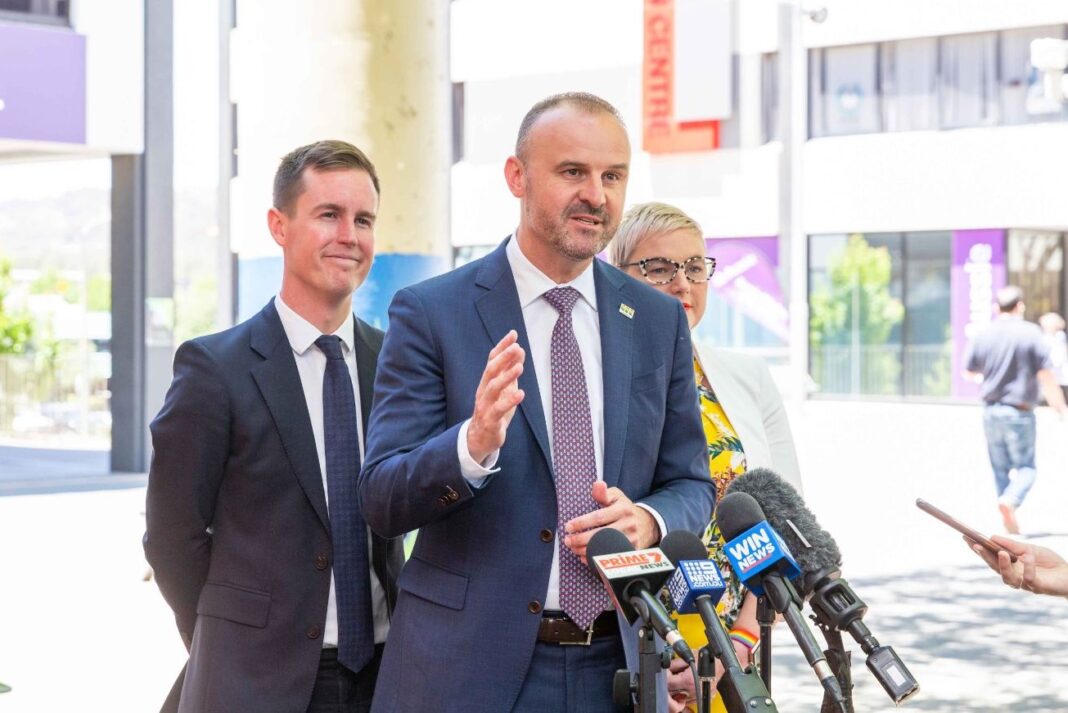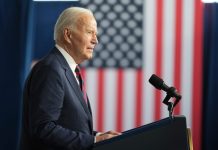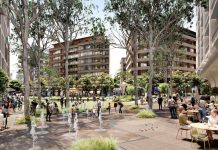It’s not a claim the Labor Party would ever want to be heard making, but it’s true: Labor is the natural party of government in Canberra.
Its credentials for that title are pretty hard to argue with. The ALP has contested House of Reps seats in the ACT on 33 occasions since 1977. It has won 32 of those races, almost always by crushing margins. Its record in the Legislative Assembly is almost as impressive: it has won eight of the 10 elections since self-government, usually at a canter.
A large part of the reason Canberrans so consistently back Labor is self-interest. Labor is the party of big spending and big government. Big government equals more money sloshing through the Canberra economy. For locals, that means you get employment choices in the public service, your house retains its value and there are jobs for your kids.
But last week’s federal budget is a reminder that this simple equation urgently needs to be rethought. Josh Frydenberg became a born-again Keynesian, and the huge cash splash that resulted is designed to supercharge the economic recovery from Covid. Whatever its long-term economic merits, one outcome is certain: the Canberra economy will be in overdrive for at least the next five years.
This is not, however, an aberration in Liberal behaviour toward Canberra, but in fact the re-emergence of a sustained pattern. It was Robert Menzies’ decision to shift government departments to Canberra in the 1960s that gave the city the character we recognise today. Conversely, some of the most sustained job cutting in the public service in the last 30 years occurred in the final term of the Keating Government.
Howard initially reduced government spending, and Canberra hurt badly for a couple of years. But by the late 1990s, Commonwealth spending under Howard was surging again, and Canberra’s economy was growing strongly. A similar pattern is all but guaranteed courtesy of the latest Frydenberg Budget.
Consider this test of who has been the bigger benefactor of Canberra: which party built the national institutions erected here since World War II? The answer is the Liberal Party. Go on, count them: the National Library, the National Museum, the National Portrait Gallery, etc, etc. The one major exception is the National Gallery, commenced by Whitlam. Even then, it’s telling that in the four decades since Whitlam, few of his ALP successors has bothered to add to the national treasures.
It could fairly be argued that the Liberal largesse toward Canberra has been more the product of accident than design. But what could also fairly be argued is that Labor has grown to take the ACT for granted.
Given that Canberra has fared just as well, overall, under Liberal governments as Labor ones, isn’t it time Canberra voters hedged their bets by making at least one of the Federal seats here more marginal? Not to change the Liberal Party’s view of Canberra, but to change Labor’s?
Read more:









